|
I have not been very on top of the Dreamstress' Historical Sew Monthly challenges, not for lack of sewing, but because nothing I've done the past year is very historical! Modern clothing and mending and commissions have been the order of the day. But April's challenge called to me from the start:
LA ISLA DE TENERIFETenerife, one of the Canary Islands off Northern Africa, was invaded and colonized by Spain in the 1490's. The natives resisted but were overcome, and the colony continued along the usual path of slavery and environmental exploitation for a while. In the next centuries, many people of Tenerife joined Spanish expeditions to the New World, and became sources for populations throughout Latin America. Nowadays, Tenerife is a tourist destination, and pictures of it look tropical and lush. It's not the sort of place I associate with historical costuming (this says more about my limited frame of reference than it does about the actual history of the Canary Islands!) nor with lace, but it does have both. TENERIFFE LACETeneriffe lace (not sure why Tenerife gets a second f when it refers to lace... perhaps an older spelling?) is a form of needlelace, which is lace made with needle and thread, rather than braided with bobbins, or knitted or crocheted. The shape being mostly round, and the warp threads being laid in a circle, it's called a sol lace; sol means sun. Sol laces may look like suns, but they don't generally represent things; they just look lacy. This lovely example is like spider silk thrown over the table. (Ignore the Ebay seller's comments erroneously calling it bobbin lace... Ebay sellers often throw together a collection of terms that are related to the item they're selling rather than precisely describing it; it's a way of getting into more search results. It's not bobbin lace; it's needlelace) An amusing illustration of the height of fashion for headdresses is The French lady in London or the head dress for the year 1771, in which the lady's hair is styled so high that she has to duck to get in the door, while on the wall is a picture of the volcanic peak on the island of Tenerife. Timothy Campbell, looking at this illustration, says this is a reference both to the lace her headdress is made of and a comparison between the height of the mountain and of her hair. However, I can't actually see the Teneriffe lace in the engraving. ONLINE RESOURCESFirst, let me plug the University of Arizona's Digital Archive of Documents Related to Lace, which is marvelous. Some of the resources that follow are cherry-picked from that longer list.
TRYING TENERIFFE LACE I made a few modifications to Pam Harris' instructions. For my first attempt:
For my second attempt:
Then when I was done, I cut the peripheral stitches (the crochet cotton) from the back of the cardboard, releasing the sol lace "medallion". I simply trimmed the free end from the back close to the center, where all the needle weaving holds it tight. It was so cool! Immediately, I decided to make a bunch more and then sew them together into... something. I wasn't sure what, but I figured I could make a little hankie or collar or edging. I made five circles. But though the work was nicely portable, a good bus project for my commute times, it failed to hold my interest in the long run. One problem was that I got bored with its simplicity. I got bored with weaving and counting, and especially I got bored of making things that didn't look like things. See, this is why I like European needlelace, which is representational art: I like making flowers or pictures of some sort. All the Teneriffe lace looked like... circles. Perfect for the April challenge, but not perfect for me! Then, also, I started to consider how annoying it would be to try to sew all the twisting ends of the lace to each other, and I realized it would be so much easier to do a larger, compound piece if I first designed the whole thing in the flat, then put all the peripheral stitches in, then sewed all the medallions completely and sewed them together before removing the peripheral stitches. In other words, though it was fun to loosen my medallions from their cardboard braces, that also made them harder to incorporate into a larger piece. Look at this picture of the medallions with their edges abutting, like they would be in a finished piece of lace. See all those wiggly ends? Those would not be fun to work with! So I put my cardboard pieces aside and went back to the type of needlelace I prefer. I guess this means I didn't meet the Historical Sew Monthly challenge at all! At least I learned something new, though, and now I have several finished pieces of sol lace which I expect I'll use someday, but probably as embellishment or applique. For now, they are not anything. And it's not April. This is not how you meet a challenge! The Challenge: April: Circles, Squares, & Rectangles – Make something entirely from above mentioned geometric shapes.
Material: All purpose thread. Pattern: none. Year: Don't know, but since it's a living tradition still, I'd say somewhere between the 1700's and today. Notions: cardboard circles and crochet cotton. How historically accurate is it? Don't know. Most of the research about the history of it is in Spanish, which is opaque to me! Hours to complete: Not completed. First worn: see above: not completed. Total cost: zilch
2 Comments
The Sister
11/6/2017 09:04:15 am
You could always turn them into coasters! :-) I laughed aloud at the French headdress; I wonder how high they actually got for formal events!
Reply
10/25/2023 01:24:23 am
The blog post on Teneriffe lace from HSM 2017 is a fascinating read. It's wonderful to see traditional crafts and lace-making techniques being celebrated and shared. The detailed history and the intricate process of creating Teneriffe lace are both educational and inspiring. The photographs beautifully capture the intricate designs, showcasing the artistry and skill involved in this craft. This post not only preserves a piece of cultural heritage but also serves as a source of inspiration for those interested in lace-making. Thank you for sharing this captivating glimpse into the world of Teneriffe lace!
Reply
Leave a Reply. |
Karen Roy
Quilting, dressmaking, and history plied with the needle... Sites I EnjoyThe Quilt Index Categories
All
Archives
March 2024
|
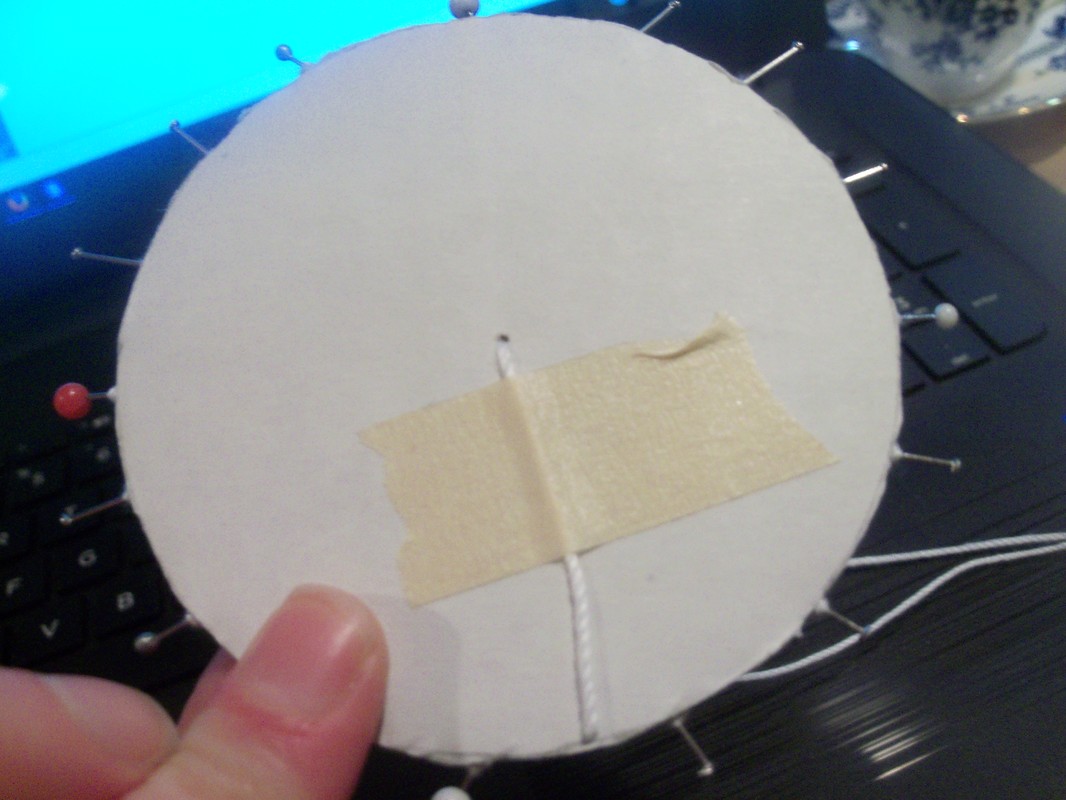
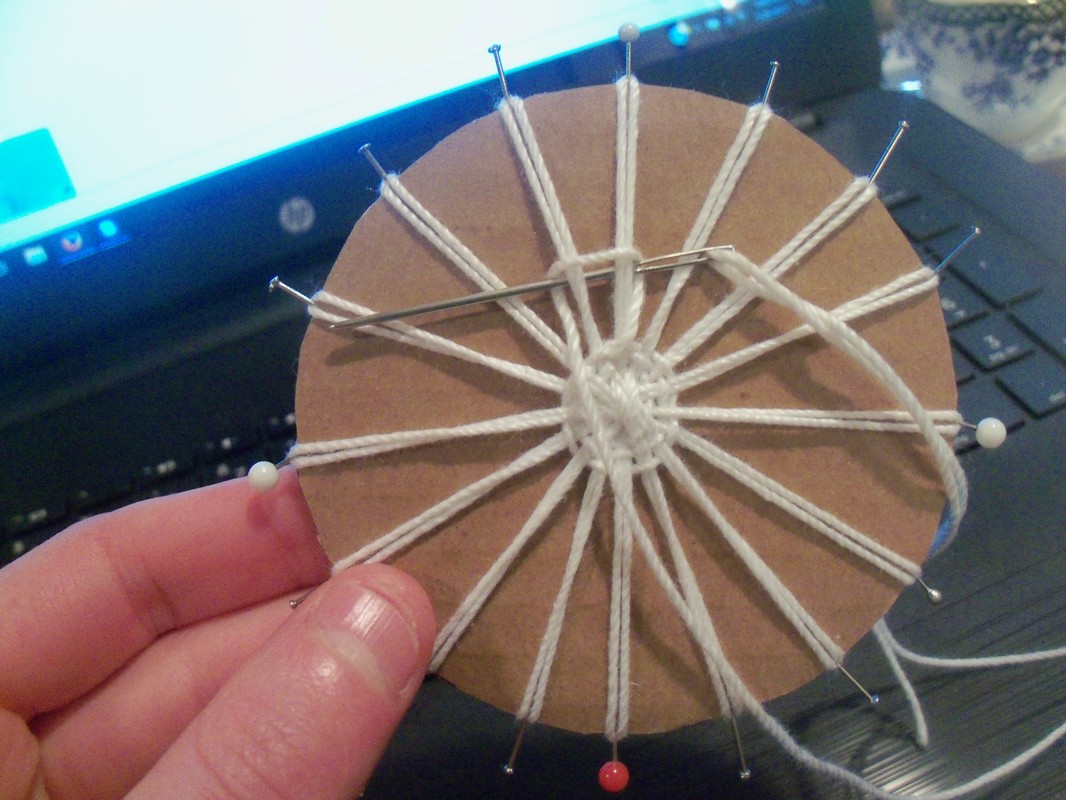
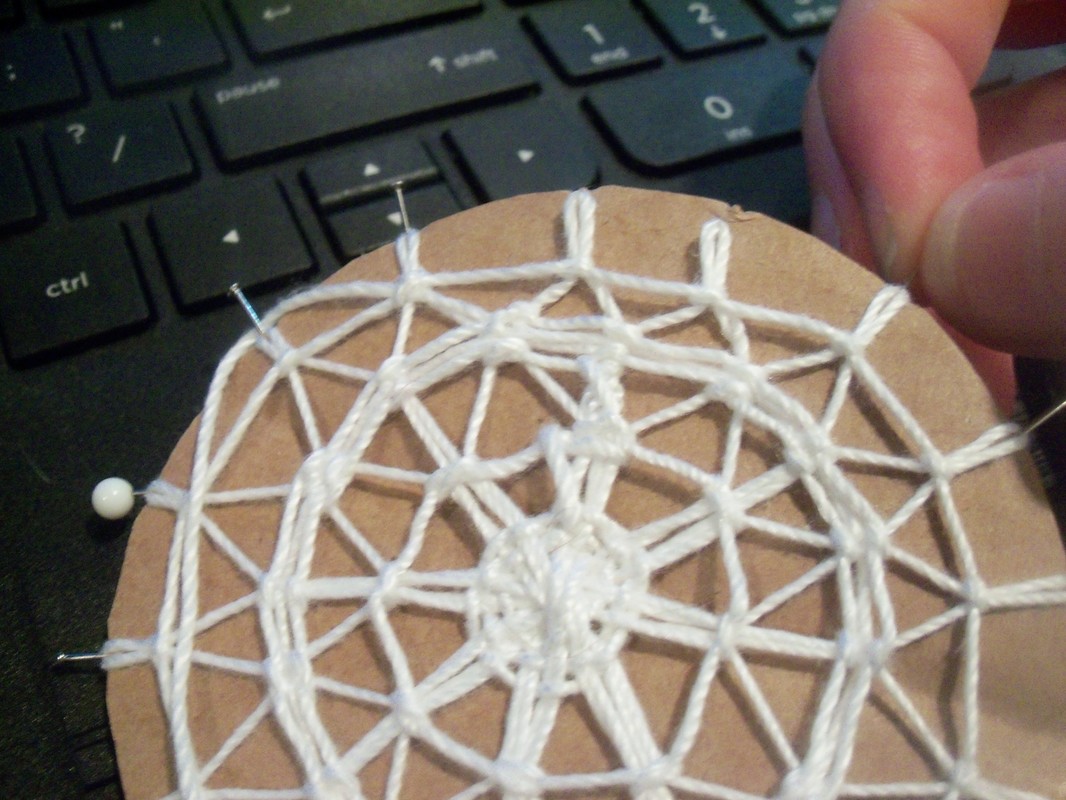
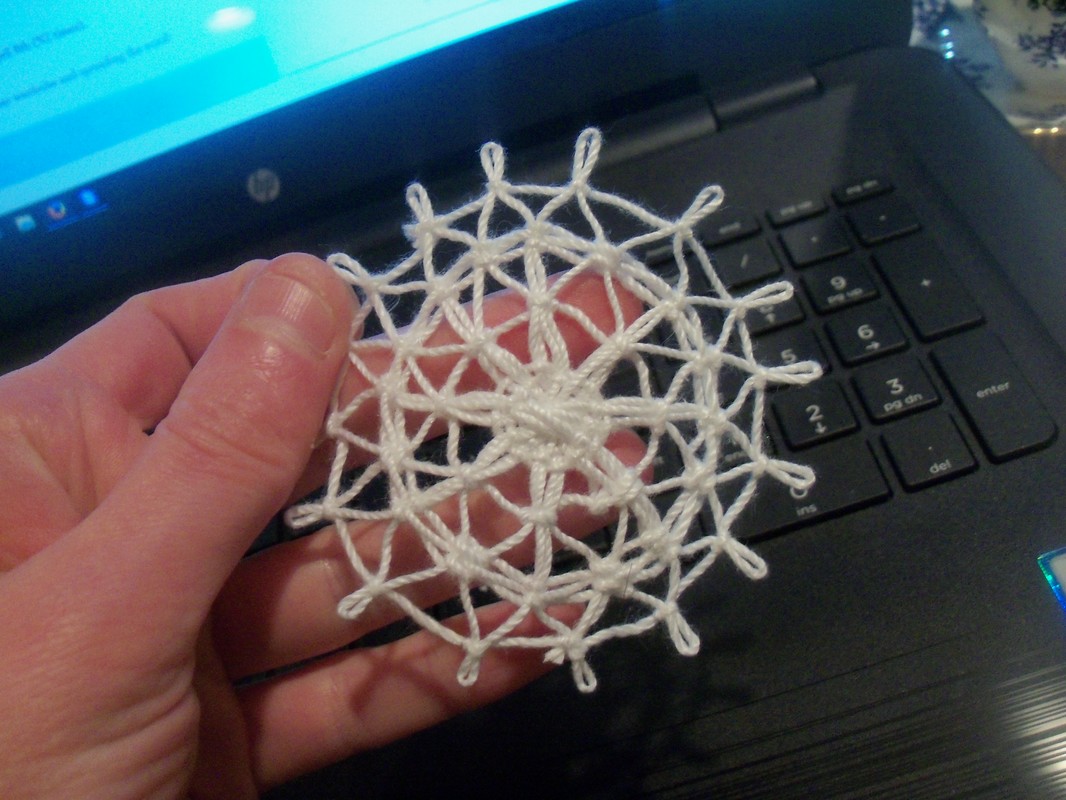
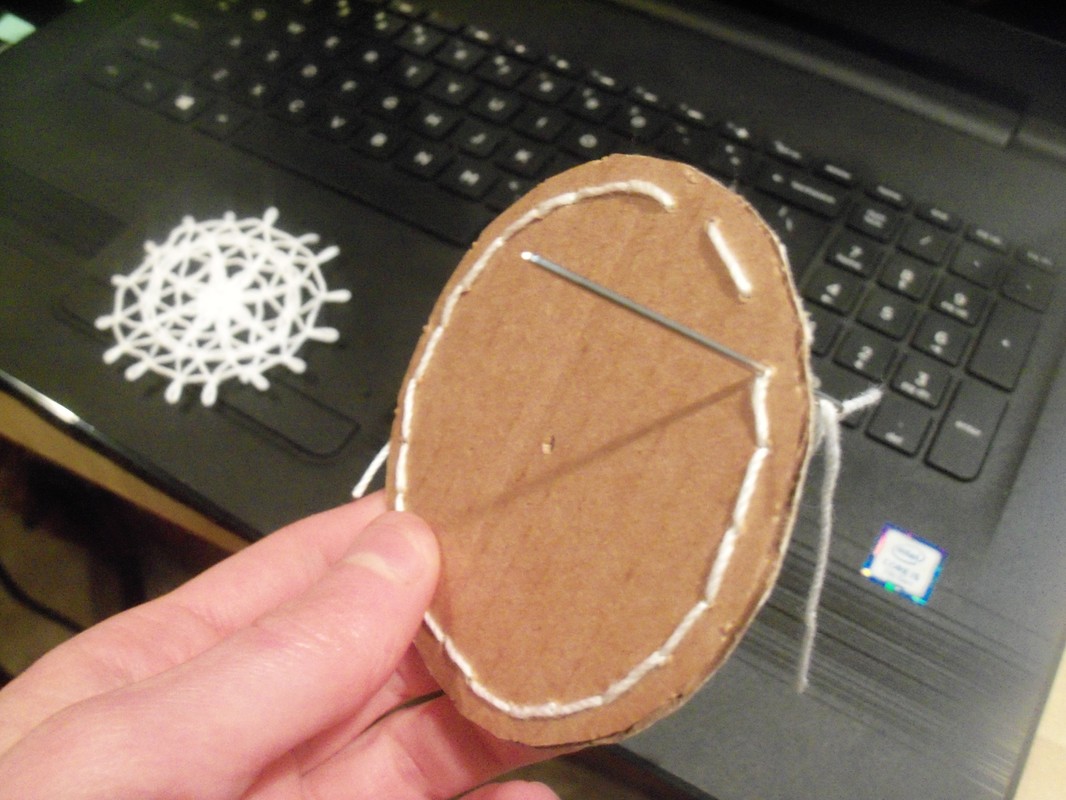
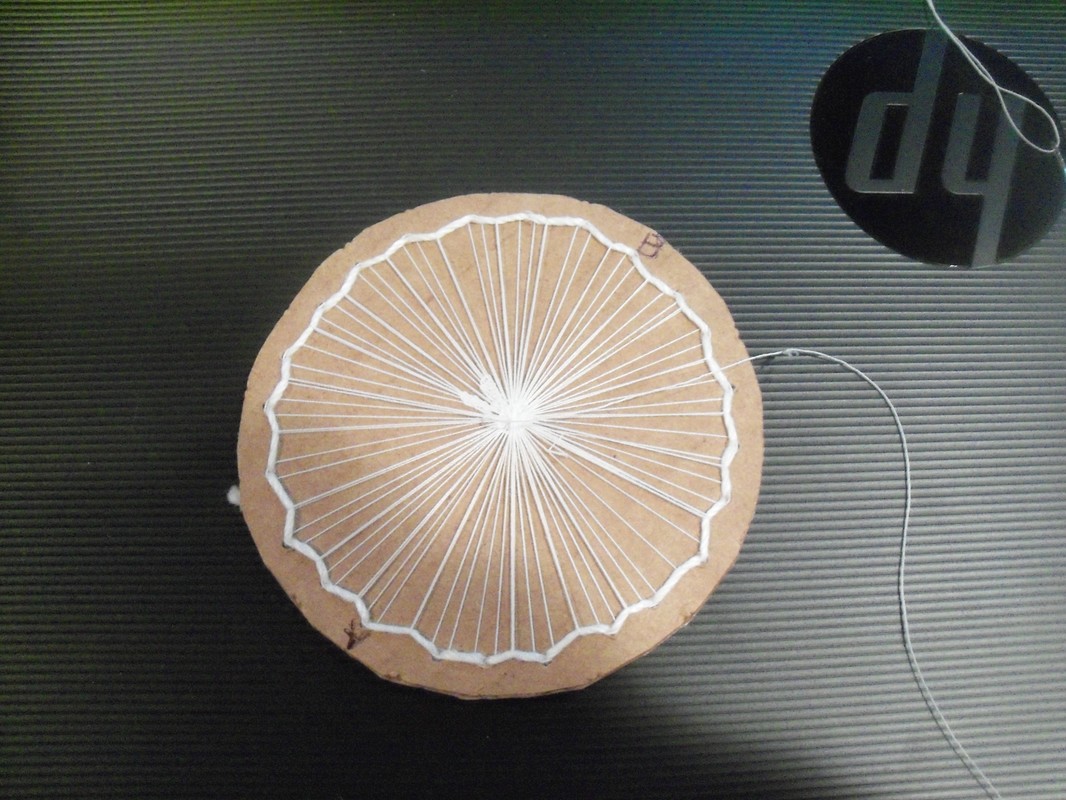
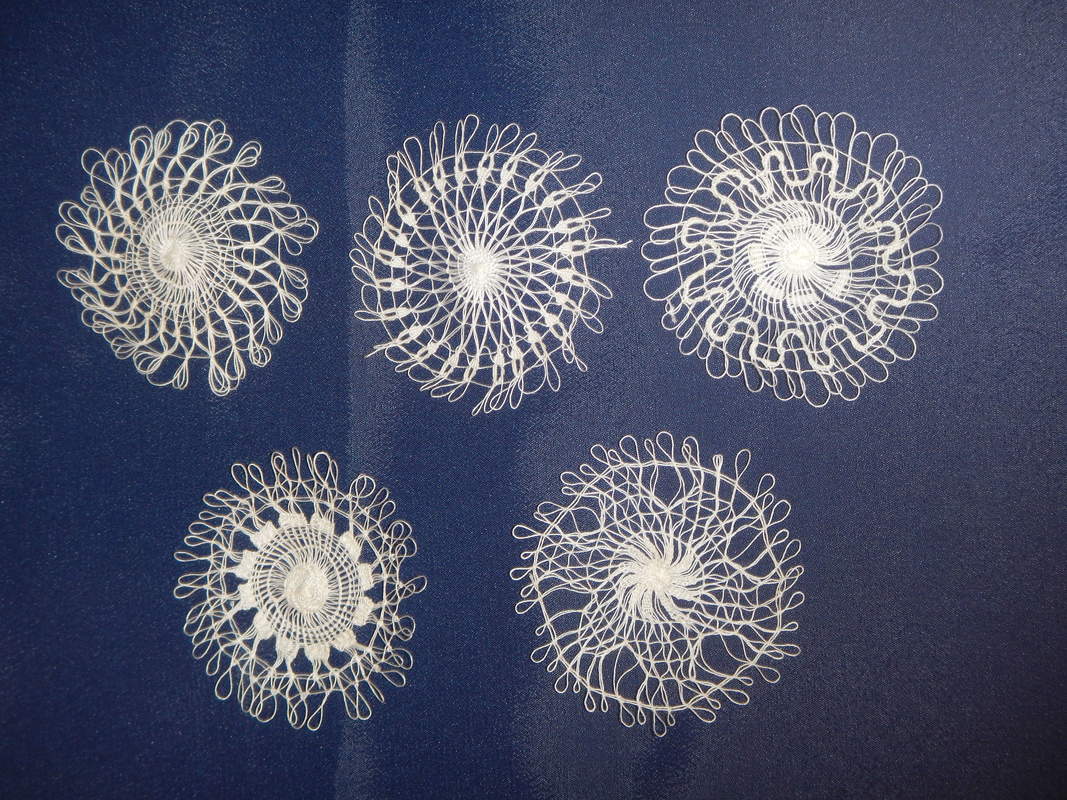
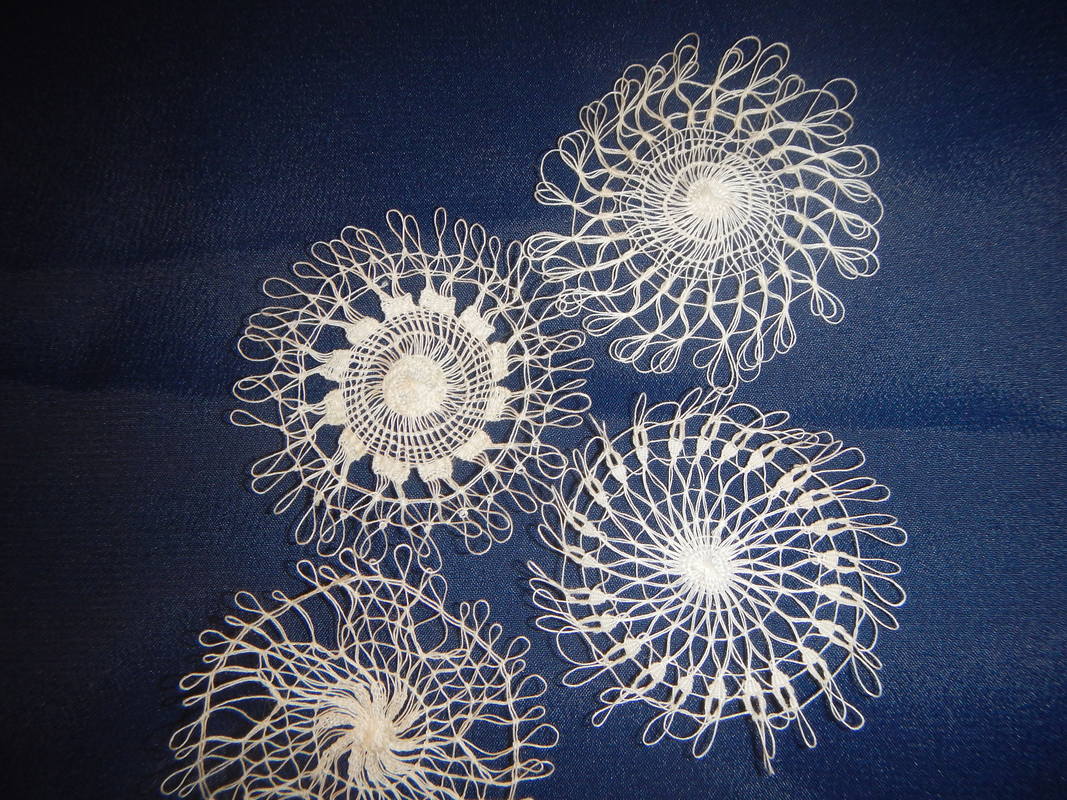
 RSS Feed
RSS Feed